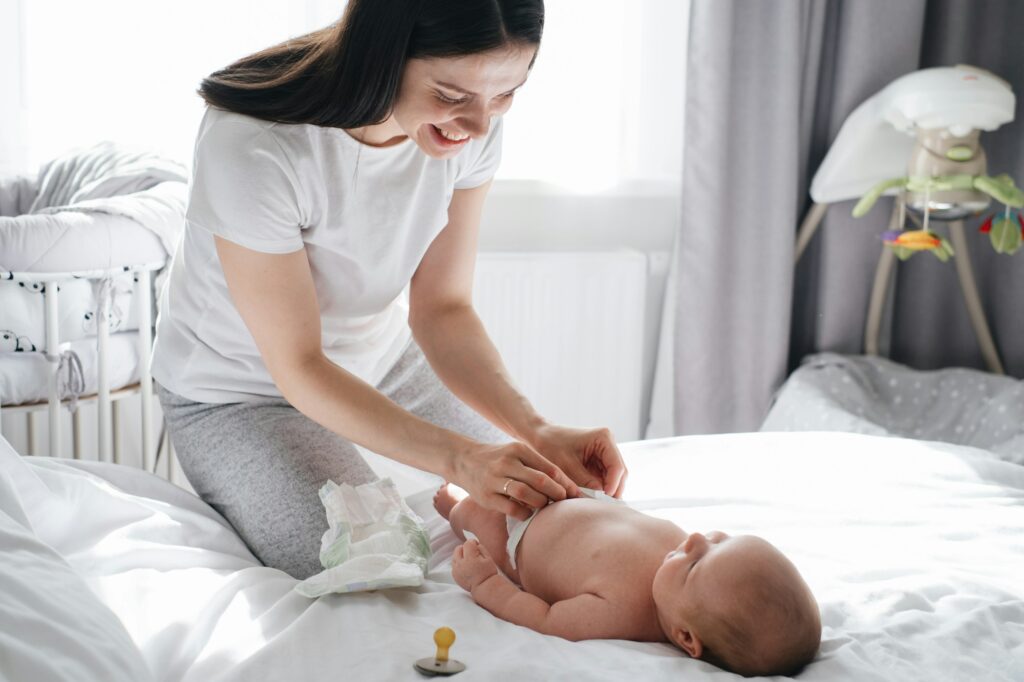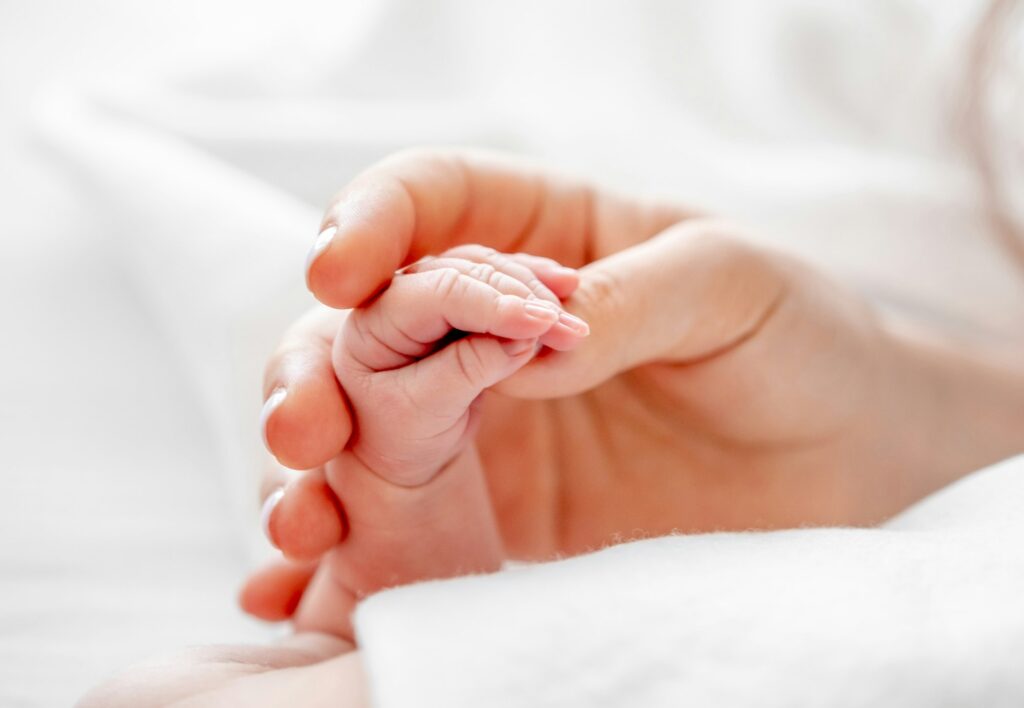Attachment Theory: The Impact on Adult Relationships and the Path to Healing Trauma
What is Attachment Theory?
Attachment theory focuses on the development of attachments or emotional bonds that people form. This therapeutic theory looks at early childhood and what these attachments look like for an individual. These early attachments significantly impact the individual’s early and later development. This influence can be seen through adult relationships and mental health later in life. Attachment patterns developed in childhood can impact emotional regulation, well-being, and interpersonal relationships both in childhood and adulthood.
Attachment Styles
Secure Attachment: this is the ideal attachment style. This attachment style happens when caregivers meet early needs. These individuals are comfortable to explore the world and are comfortable with emotional intimacy. People with secure attachments are generally more resilient and able to cope better with stress. However, interferences in our early attachments can still put securely attached individuals at risk of trauma.
Avoidant Attachment: this can be seen as an individual who may struggle with trusting others and forming emotional connections in relationships both intimately and platonicly. This person may be hyper-independent and rely on self-sufficiency rather than asking for help from others when necessary.
Anxious Attachment: these individuals may have a fear of abandonment or rejection. A common trait of having an anxious attachment style is seeking constant reassurance from partners. They may feel anxious if their need for comfort, security, or closeness is not met immediately.
Fearful Attachment: this is a combination of the anxious and avoidant attachment styles. This individual may lust for close relationships but have a fear of rejection and abandonment. There is a continual battle between the desire for emotional intimacy and the fear of vulnerability. Trauma within this attachment style can be a result of abuse or parental inconsistency. This may look like emotional and psychological difficulties in adulthood.
Early Attachment and the Impact on Adult Relationships and Trauma
When we make early attachments as children, our attachment styles can impact our relational and emotional patterns when seeking a relationship. The quality of our attachments, especially with our caregivers, can contribute to the development of trauma. It is also important to know that we may fall into more than one category of attachment style.
How to Build Healthy Relationships After Trauma
- Understanding our attachment style and how it influences emotions, behaviours, and thoughts in relationships is the first step. This can help identify areas for growth and our needs in relationships.
Creating a secure base through emotional support can provide validation, reassurance, and comfort during times of distress. A safe space where vulnerabilities can be shared is vital.
Be prepared to practice open and honest communication while also providing active listening. This will look like acceptance and understanding during times of disagreement.
Having boundaries and respecting boundaries in a relationship allows for self-care, growth, and freedom of expression. It also helps with connection, intimacy, and promoting independence.
- Seek therapeutic support to provide a safe space to process trauma and explore attachment wounds. Therapy can also help with relational skills and developing new coping strategies.
Having an understanding of our attachment styles and how they impact coping mechanisms can encourage trauma processing. Therapists can work with you to gather this information and create a treatment plan that will work with you to develop resilience, positive coping strategies, and a plan for trauma processing and recovery. Reach out for a free consultation to discuss your needs.





